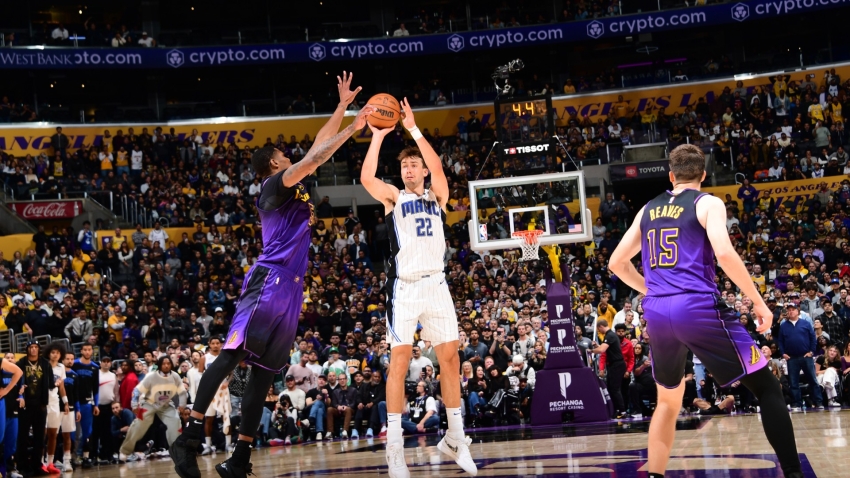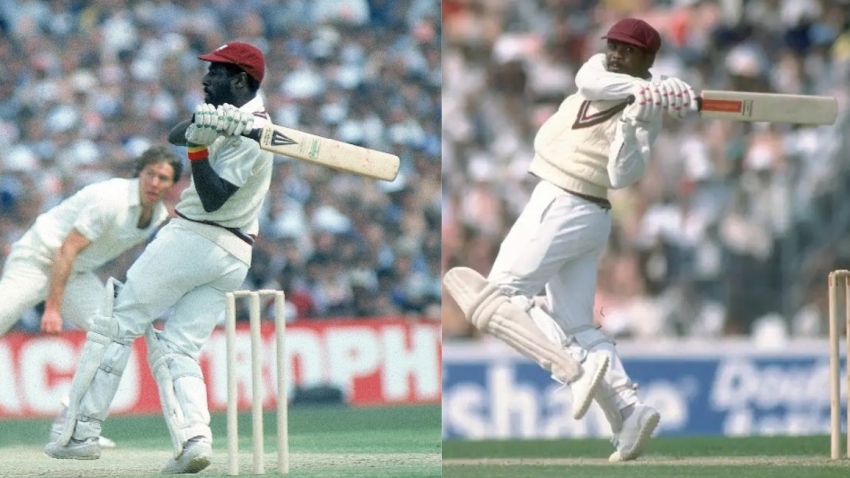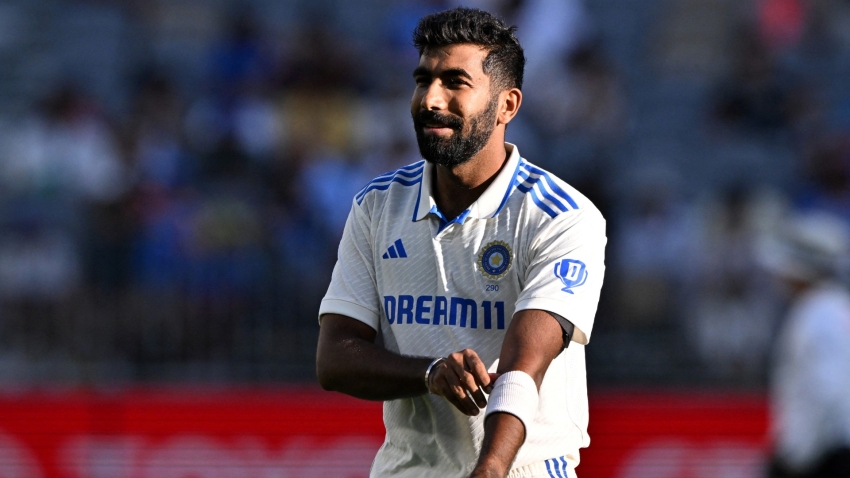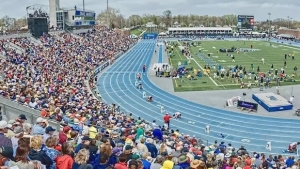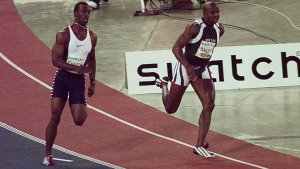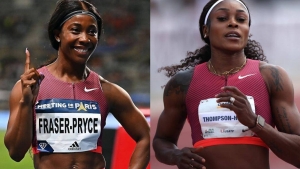Michael Johnson, the Olympic champion and former world record holder in the 200m and 400m, has unveiled his latest venture: a lucrative new athletics league called Grand Slam Track (GST). Aimed at revolutionizing the track and field landscape, GST promises to bring together the world's elite runners with a significant financial incentive, offering USD$100,000 as the top prize.
Set to kick off in April 2025, the league will feature a prize fund of USD$12.6 million spread over four events annually. Two of these events will be hosted in the United States. Each year, 48 athletes will be contracted to the league, competing in two events per meet across the four meetings, dubbed "Slams."
"We're revolutionizing the track landscape," said Johnson. "They deserve to be compensated. The structure of the sport in the past has not compensated those athletes to take that risk to go and compete against the best athletes in the sport."
The league has already attracted top-tier talent, with American Sydney McLaughlin-Levrone, the Olympic and World Champion, and world record holder in the 400m hurdles, being the first athlete to join. "I firmly believe that this is the step forward that track needs to take it to another level," McLaughlin-Levrone stated.
Grand Slam Track will feature a unique format where each meet hosts 96 athletes, split into two categories: GST Racers and GST Challengers. The 48 core GST Racers, divided equally among six event groups for both men and women, will compete in all four Slams each year. They will receive an annual base compensation and can earn additional prize money. The GST Racing Committee, which selects these athletes, focuses on global championship titles, top rankings, global following, and existing rivalries.
The other 48 athletes at each Slam, known as GST Challengers, will be selected based on recent performances and intriguing matchups. They will be paid appearance fees per event and are also eligible for full prize money. Both Racers and Challengers will compete in two events over three days during each Slam.
The event categories are designed to showcase the versatility and skills of the world's best athletes, including short sprints (100m and 200m), short hurdles (100m hurdles for women or 110m hurdles for men, and 100m), long sprints (200m and 400m), long hurdles (400m hurdles and 400m), short distance (800m and 1500m), and long-distance (3000m and 5000m). Athletes' placements in each event are critical as their scores across two events will determine their final ranking for that Slam. The scoring system awards ten points for first place, eight points for second, six points for third, five points for fourth, four points for fifth, three points for sixth, two points for seventh, and one point for eighth place. In the event of a tie, the quickest combined time across the two events will decide the Slam winner.
Johnson's Grand Slam Track is poised to create a significant shift in the track and field world, providing athletes with better financial rewards and a platform to showcase their talents against the best in the world. With substantial backing and a well-thought-out structure, GST is set to become a premier destination for elite runners globally, promising thrilling competitions and redefining the sport's financial landscape.



